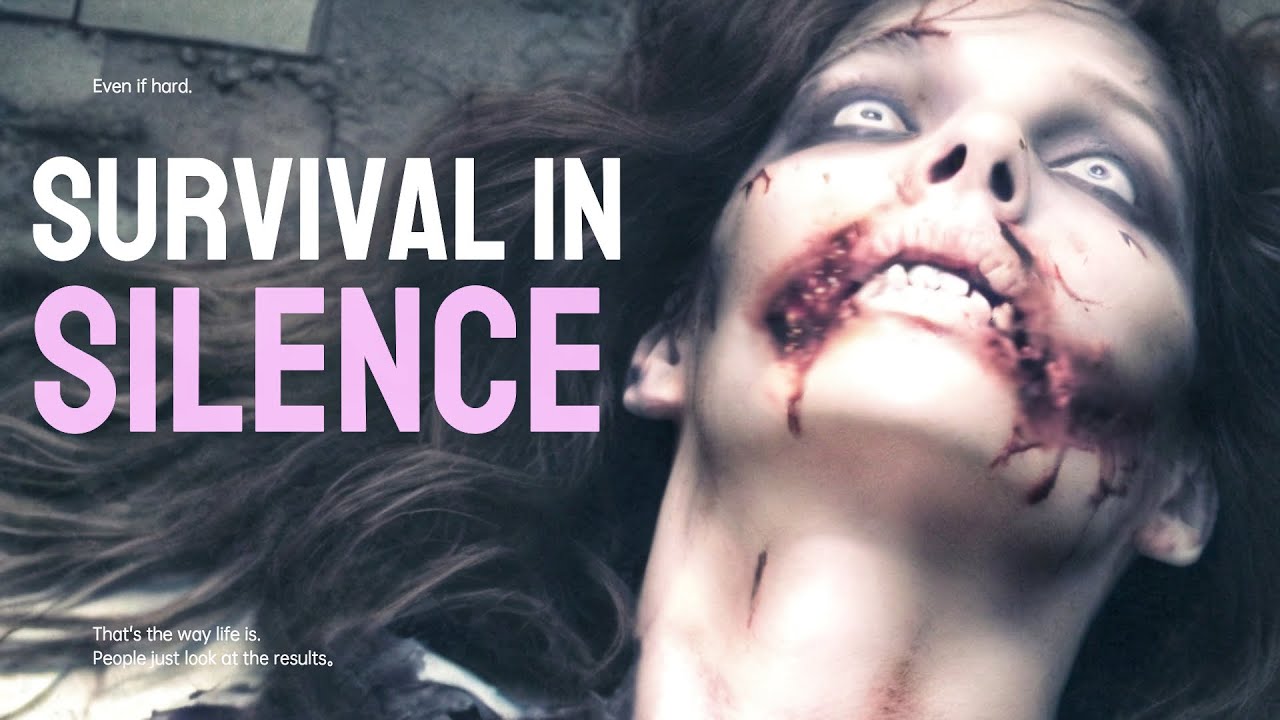
Balancing Humor and Heart in Despicable Me 4 and A Quiet Place: Day One
When it comes to animated sequels and horror prequels, audiences often walk a fine line between nostalgia and novelty. This holds especially true for two of the summer’s most anticipated releases: Despicable Me 4 and A Quiet Place: Day One. Each film brings its unique flair to the cinematic landscape, yet both struggle with the weight of their respective franchises.
Animated antics await in Despicable Me 4*
Despicable Me 4: The Minions Are Back
As the beloved Minions and Gru return in Despicable Me 4, which opened in theaters on July 3, fans of the franchise are met with a familiar mix of chaos and comedy. Since their debut in 2010, the Minions have amassed a global box office total of approximately $4.6 billion. They’ve become cultural icons, known for their childlike silliness and endless groaning gibberish—evolving throughout the series but remaining distinctly absurd at their core.
In this installment, laughter reigns supreme as the filmmakers seem to indulge in the Minions’ antics without the burden of a serious narrative arc. The plot kicks off at a school reunion, where Gru faces an old foe, Maxime le Mal, played delightfully by Will Ferrell. The ensuing hijinks force Gru and his family, including wife Lucy and their daughters, into hiding, creating an inviting backdrop for a series of wild and absurd gags.
While it may be tempting to write off Despicable Me 4 as mere slapstick nonsense, there’s a certain artistry in how Illumination Entertainment has opted for a relaxed narrative framework, reminiscent of Saturday morning cartoons. As Gru attempts to blend into suburban life, viewers witness how a former supervillain navigates the complexities of parenthood and community life—albeit in exaggerated, comical fashion.
Where’s the Depth?
However, as the question arises—how much longer can this Minion mayhem maintain its charm—somewhat familiar themes churn through the narrative. Gru’s attempts to impress his neighbors provide laughs, yet they also allude to a checklist of comedic situations observed in numerous family comedies before it. Amidst the hilarious Minion-related calamities, one can’t help but find the formula becoming a bit stale.
The tension escalates as humans face a harsh new reality in A Quiet Place: Day One*
A Quiet Place: Day One: A Heartfelt Prequel
In stark contrast, A Quiet Place: Day One unfolds as a more nuanced examination of human resilience against the dystopian backdrop of an alien invasion. Set against the backdrop of a now-ruined New York City, this prequel captures the urgency of its setting, exploring themes of survival and community bonds amidst chaos. Starring Lupita Nyong’o as Sam, the film introduces characters faced with an unfamiliar terror: the sound-sensitive Death Angels.
The film’s emotional core is anchored by Nyong’o’s performance, deftly portraying a terminally ill patient grappling with her mortality while trying to navigate a collapsing city. Rather than relying on the familiar pillars of familial bonds—a hallmark of the original films—this narrative breathes new life into the concept of strangers coming together in a time of crisis. Her interactions with Eric, played by Joseph Quinn, focus on shared humanity and unspoken quests for connection during calamity.
The film emphasizes the inherent power of silence and the desperation of a world on the brink, contrasting sharply with the raucous laughter of Despicable Me. As audiences experience the burgeoning horror through Sam’s eyes, they are invited not just to witness survival but to contemplate what it means to truly listen.
 Character dynamics come alive in A Quiet Place: Day One*
Character dynamics come alive in A Quiet Place: Day One*
Converging Narratives
While Despicable Me 4 seems content with its comedic approach, A Quiet Place: Day One takes the liberty to explore deeper layers, reminding us of the stakes involved when humanity is stripped to its rawest form. Both films excel in their respective domains—Despicable Me offers joy and laughter, whereas A Quiet Place serves up visceral tension rooted in relatable themes.
As franchises evolve, the challenge remains to keep things fresh while honoring their legacy. For fans of the Minions, the question of “How much more?” fills the air, while A Quiet Place: Day One shows promise by charting new narratives based in vulnerability and human connection.
In conclusion, summer might lure audiences back to theaters with brightly colored mischief and suspenseful tension. Yet whether through belly laughs or heart-wrenching cries, both Despicable Me 4 and A Quiet Place: Day One contribute richly to the cinematic tapestry of 2024.
Both films ultimately tug at our hearts, albeit in wildly different manners—one through raucous slapstick, the other through the melancholy lessons of those finding refuge amidst chaos. Choosing which experience to embrace is as much of a personal journey as it is a cinematic one.
Tagging Along
As we ponder the diverse offerings from cinema this season, one can’t help but draw parallels across genres and tones. Each film crafts its narrative, one filled with infectious laughter and the other echoing the silence of the heart, resonating with viewers in profound ways.
Final Thoughts
So grab your popcorn, whether for Minion madness or the tension of whispers, and immerse yourself in what these films have to offer. In a world filled with noise, might we find clarity in both laughter and silence?















